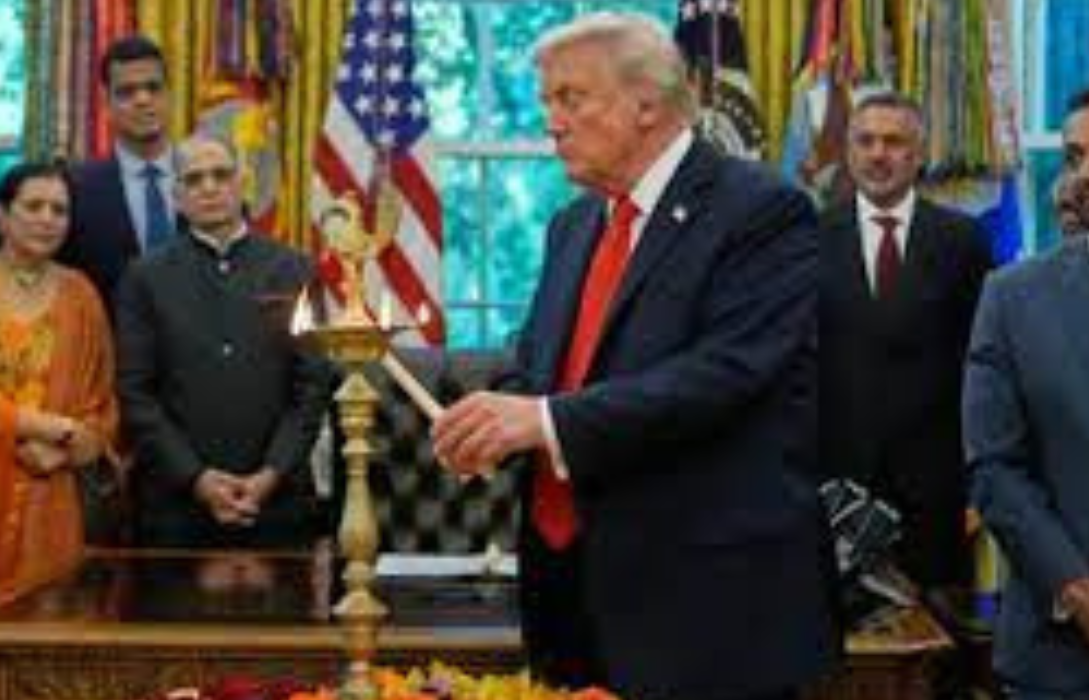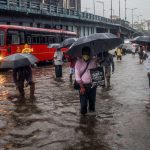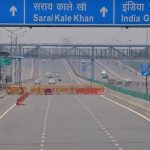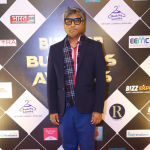A community once celebrated for its quiet achievements is now facing growing anti-India backlash in the United States. This shift reflects how online narratives of hate have moved into real-world actions, affecting Indian-Americans across the country.
Historical Context: Indians in America
Indians have played a role in the American story for centuries. Christopher Columbus famously mistook the Americas for India, and later, Indian immigrants, like Bhicaji Framji Balsara, fought for recognition as lawful citizens.
During the Asian Exclusion Act of 1921, early Indian immigrants faced systemic discrimination. Veterans like Bhagat Singh Thind were denied U.S. citizenship despite serving in World War I. Many deported Indians returned after the law was lifted in 1965, contributing to the growing Indian-American community.
The “Gas, Beds, and Meds” Generation
Comedian Nimesh Patel humorously describes Indian-Americans as industrious, cautious, and quietly ambitious:
“They like to sleep, they like to eat, they like to drive. So they’re going to need gas stations, motels, and cardiologists. Gas, beds, and meds, baby.”
This joke captures the dual perception of Indian-Americans: admired for their achievements but sometimes resented for their visibility and success.
Political Visibility and Backlash
By 2024, Indian-Americans seemed fully integrated into U.S. political life. Figures like Nikki Haley and Vivek Ramaswamy appeared on Republican debate stages, while the Trump administration included Indian-origin officials like Kash Patel (FBI), Sriram Krishnan (AI adviser), and Usha Vance, the first Indian-American Second Lady.
However, increasing political visibility also brought hostility and targeted attacks. Even Indian-Americans aligned with MAGA experienced backlash for cultural and religious expressions. Kash Patel faced criticism for chanting “Jai Shri Krishna” and celebrating Diwali, while Vivek Ramaswamy’s family endured constant harassment.
Breaking the Quiet Achiever Image
Indian-Americans historically maintained a low-profile, hardworking identity. They avoided confrontation, were socially cautious, and focused on educational and economic success.
Today, that social contract has shifted, not because Indian-Americans changed, but because hostile rhetoric and misinformation have intensified across political and social platforms. Even long-time allies of political figures like Dinesh D’Souza observed the surprising rise of anti-India sentiment in mainstream American discourse.
Conclusion: A New Reality for Indian-Americans
The Indian-American community now faces a complex challenge: balancing cultural pride, political participation, and economic success while navigating rising prejudice. Experts warn that addressing offline and online hate is critical to ensure the continued growth and safety of this integral community in the United States.








